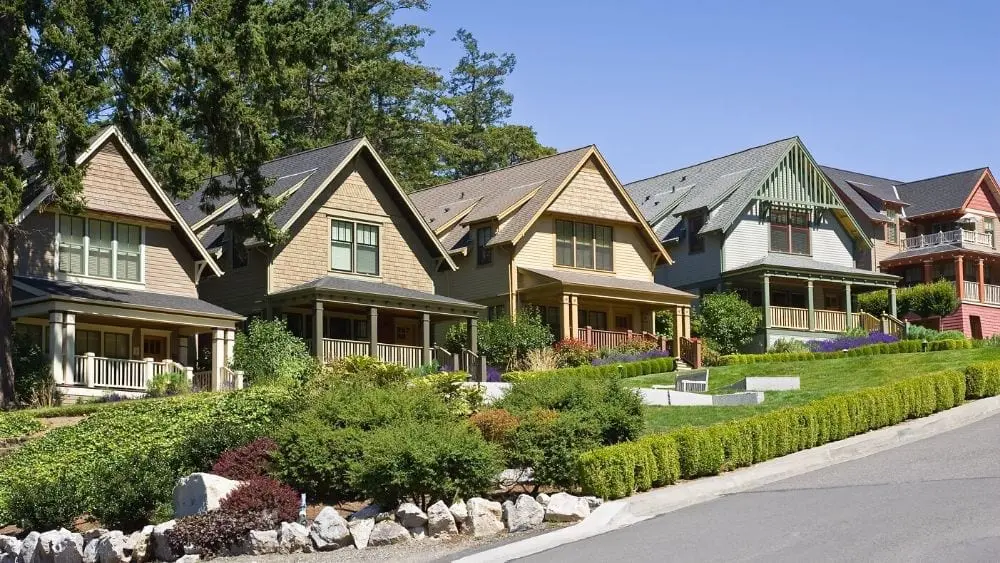
A brand-new property, built in a safe community next to great amenities and transport links — what renter wouldn’t want to call this home for the next few years?
If you’re thinking of buying an investment property to rent, a new construction home may not have immediately come to mind. But it’s worth thinking about. You’re counting on your rental property to be a major source of passive income to boost your investment portfolio after all.
These days, rental units are hot property: Industry estimates suggest that roughly 42.9 million Americans rent their home, making up 34.5 percent of U.S. households. The average rental price for a single-family home in 2022 hit $2,495 per month, up 13.4 percent from the year before, according to a House Canary report. In short, it’s safe to say getting into the rental market game is a lucrative endeavor.
Industry trends also suggest that new builds — or build-to-rent homes — are becoming increasingly popular as landlords are opting for a low-maintenance rental unit and renters are shopping for new builds to leave their mark on.
When it comes to choosing new construction as an investment rental property, here are eight key factors to take stock of to help you find the right home.
1. Location, Location, Location
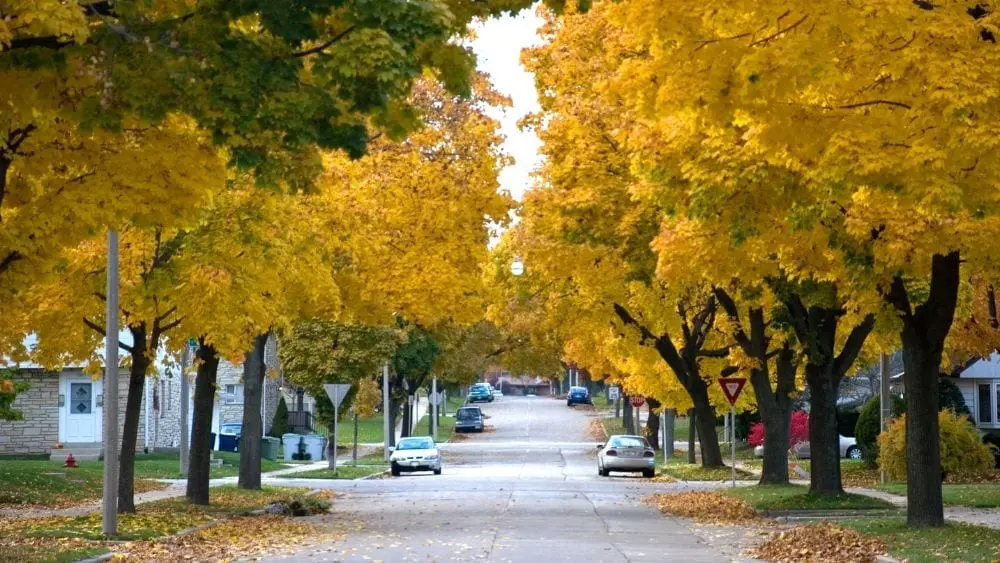
Do you see yourself managing a beachside rental property for Canadian snowbirds or a cozy home for university students in the city center?
As with any business, where you decide to buy your property will play a major role in the tenants you attract, the vacancy risks you may encounter, the price you can reasonably charge for the monthly rent, and ultimately, the revenue you pull in.
Buying near a university will ensure you’ll have tenants every September to June, but you may have an empty household on your hands each summer. You’ll also have to deal with a revolving door of tenants and showings each year.
Landlords don’t necessarily need to buy a home in their local area. Depending on your financial situation and where you live, buying a rental property in your neighborhood may not be the best resolution. Look at housing market statistics to better understand where to position your rental property, zeroing in on the number of listings and how long they stay on the market.
Also keep the rental market in mind where you’d like to buy. Major California cities, including Los Angeles, San Diego, and San Jose, top the list for yielding the highest monthly rents, according to the HouseCanary report. Rents also increased by more than 30 percent in the likes of Austin, Seattle, and Cincinnati, according to data released in 2022.
2. Budgeting for Your Investment
You’ll need to determine how much house you can buy, including down payment, and subsequently rent out.
There’s an important caveat here: While homebuyers can apply as little as 3 percent down to purchase a home they’d make their primary residence, homebuyers getting on the investment property ladder can’t do this.
Typically, you’ll need a minimum down payment of about 15 percent to 20 percent for a single investment property. If you’re purchasing a home to serve as a rental, you can’t buy private mortgage insurance, which kicks in for homebuyers with a down payment of less than 20 percent to protect lenders in case they default on monthly payments.
Coming up with 20 percent down upfront may be a challenge, but it doesn’t rule out in-demand homes. About 34 percent of U.S. renters are under the age of 35, while another 16.5 percent are seniors. Based on these statistics, a single-family home that can be adapted for a young family or an older couple may appeal to a wider swath of renters.
3. Safe and Sound
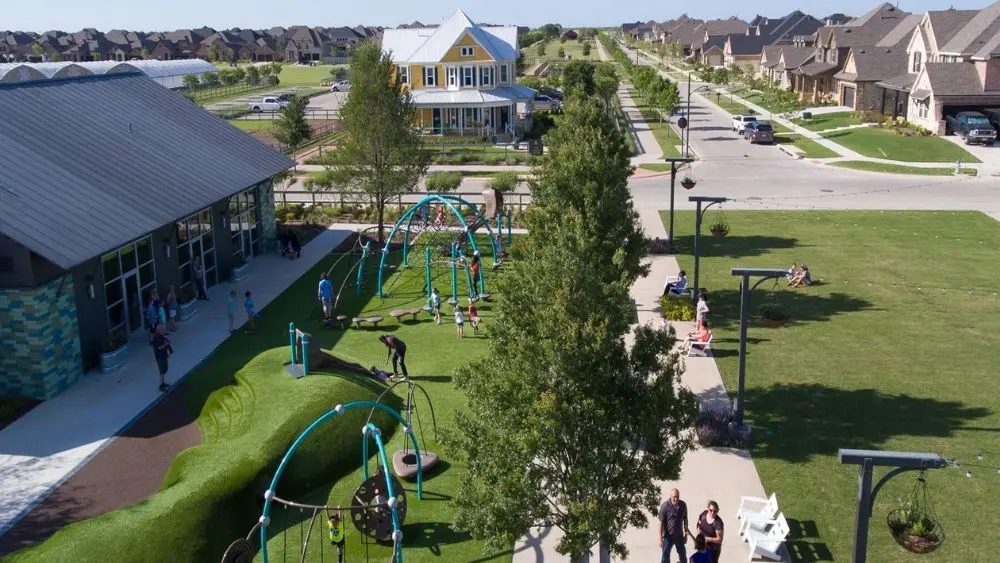
Whether you’re renting to young urban professionals, a family with school-aged children, or a couple of empty nesters, safety will be top of mind when they’re shopping for a home.
While you may have homed in on a city and neighborhood where you’d like to buy a rental property, you’ll need to figure out if the specific area you’re considering has a safe environment for you and your future tenants.
You don’t want to buy a new build in an area that a high crime rate, has too much traffic, or and is noisy at night.
Research crime statistics in the specific ZIP code you’re shopping for a home in, especially if it’s an area you’re unfamiliar with. Drive through the area at all times of the day to get a feel for what the neighborhood is like during the morning commute, in the middle of the afternoon, and at night after work and on weekends.
Make sure to check on statistics for vandalism, petty crime, and burglaries. You should also research whether criminal activity is on the rise or declining.
4. All About the Community Amenities
A weekend farmers market, locally owned coffee shops and brunch spots, and sprawling parks and community centers: This is the dream locale for most renters.
When you’re house hunting, walk in your future tenants’ shoes and take inventory of what they may be looking for, aside from location, commute times, and safety.
If you’re buying an investment property in a quiet suburb, renters’ must-haves may be the quality of the local schools and nearby parks in the neighborhood. Even if your tenants don’t have kids, choosing an area with a sense of community goes a long way. Meanwhile, if you’re buying an investment unit in a busy hub, renters may be on the lookout for amenities like the gym, movie theaters, and other perks.
Don’t let consideration of amenities fall to the wayside in your search. While the price tag for your purchase is important, the long-term value of your rental property comes in your ability to rent it out with ease, and eventually sell it. Choosing a prime location with easy access to day-to-day needs will set you up for short- and long-term success.
5. Curb Appeal
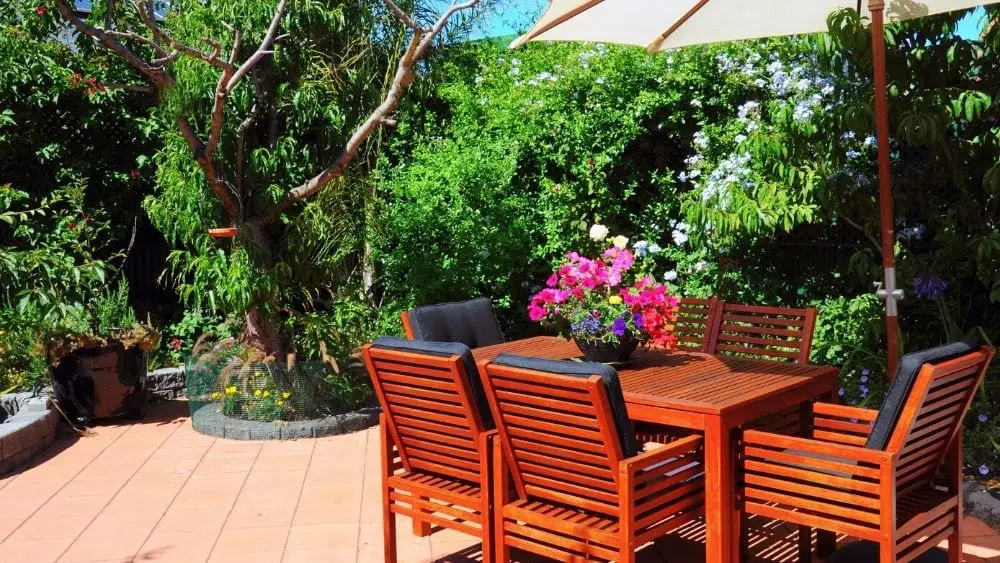
Got parking? What about a backyard or balcony for some fresh air? Scroll through rental listings, and you’ll see landlords marketing the curb appeal of their properties.
Whether you’re buying in the city or the suburbs, a home with a parking spot is prime real estate. Nobody wants to drive around for hours looking for parking every day after work, especially with their briefcase and groceries in tow.
Before you buy a property, make sure you understand the parking situation, so you can inform your tenants (and their visitors) of their options, pointing them to off-street parking or a nearby parking garage if they won’t have a dedicated parking spot of their own.
If you’re buying a rental unit in an urban area, amenities like a private backyard or balcony can go a long way, giving renters a bit of green space and sunshine to unwind in. This could be a great way to distinguish your rental unit from the rest, especially in competitive markets. You could also charge higher rent for this often overlooked perk.
6. Upgrades and Customizations
No one wants to move into a fixer-upper where they may encounter leaky faucets, faulty air conditioning, or old kitchen appliances, and landlords would prefer to have a hassle-free tenant. This is why buying a new-build home as a rental property is a no-brainer. Your property is move-in ready, with brand-new appliances and plumbing, electrical, and HVAC systems that are years away from requiring repair.
When you’re choosing your new-build home, pay attention to the details that can make your property the top choice for renters. Aesthetics are what will attract renters to book a viewing, so don’t shy away from features like stainless steel appliances, hardwood floors, and a sleek color palette inside and outside the property. Also consider the return on investment of thoughtful features, like heated floors in the bathroom or a den that’s the perfect size for a home office.
Always go for the en suite bathroom and the usual list of appliances like a dishwasher and washer and dryer too. Tenants will not want to carry their laundry to the local laundromat every week!
7. Growth Potential
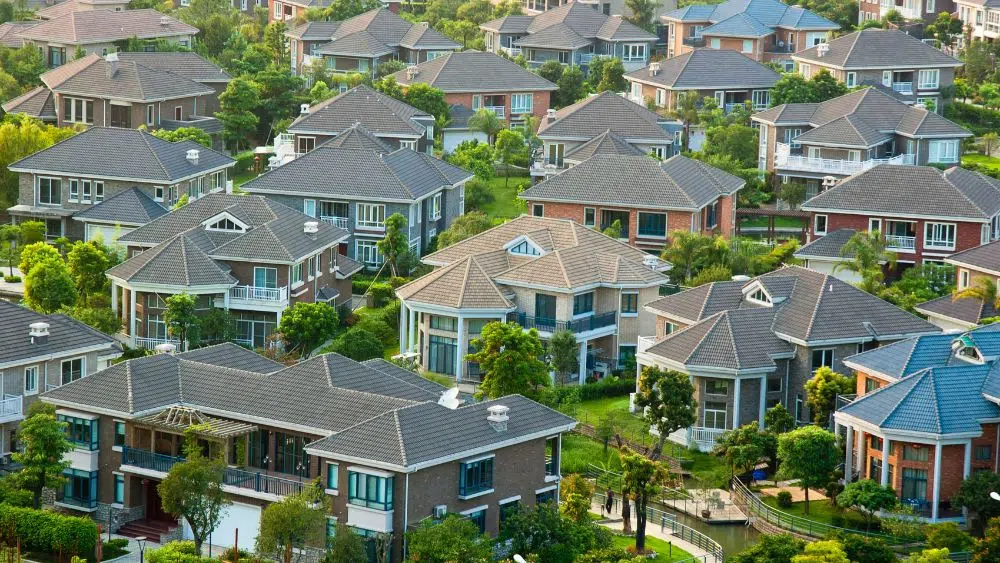
New-build homes are usually in up-and-coming neighborhoods still establishing their sense of community. Look at the developer’s blueprints for the community’s design to gain insight into plans for building community infrastructure like a library branch, recreational center, or office spaces.
Locations with growing employment opportunities will garner more attention from renters. If you spot news of a tech giant establishing a headquarters in a particular area, for example, that indicates a prime opportunity to invest in a rental property, knowing the workforce is sure to follow. And rental prices are likely to increase as well. On the other hand, you may learn of additional new housing developments cropping up, which may flood the market with more options for renters.
You can also check the U.S. Bureau of Labor Statistics to find out where the job listings are and which sectors are booming in the city you’re buying in.
Either way, growth potential is key to future-proofing your investment.
8. Don’t Forget About Additional Costs
When you’re buying a rental property, you may think the balancing act is simply between your mortgage and the price you set for rent.
This isn’t the case. You’ll need to earmark cash for homeowners association (HOA) fees, if required, and property taxes, which can chip away at your returns. Don’t be dissuaded if they’re steep — in some cases, higher HOA fees and property taxes mean you’re buying in a brilliant neighborhood with great amenities that will attract quality, long-term tenants who can afford to pay a higher price for a great home.
Also remember that as landlord, you’ll also be responsible for the cost of any repairs to the home or new appliances.
Homeowner’s insurance is another expense worth doing your homework on. If, for example, you’re buying in a region prone to natural disasters like flooding or earthquakes, prepare to pay a premium to protect your asset.

Carmen Chai is an award-winning Canadian journalist who has lived and reported from major cities such as Vancouver, Toronto, London and Paris. For NewHomeSource, Carmen covers a variety of topics, including insurance, mortgages, and more.
 15 Tips for Organizing Your Closet
15 Tips for Organizing Your Closet